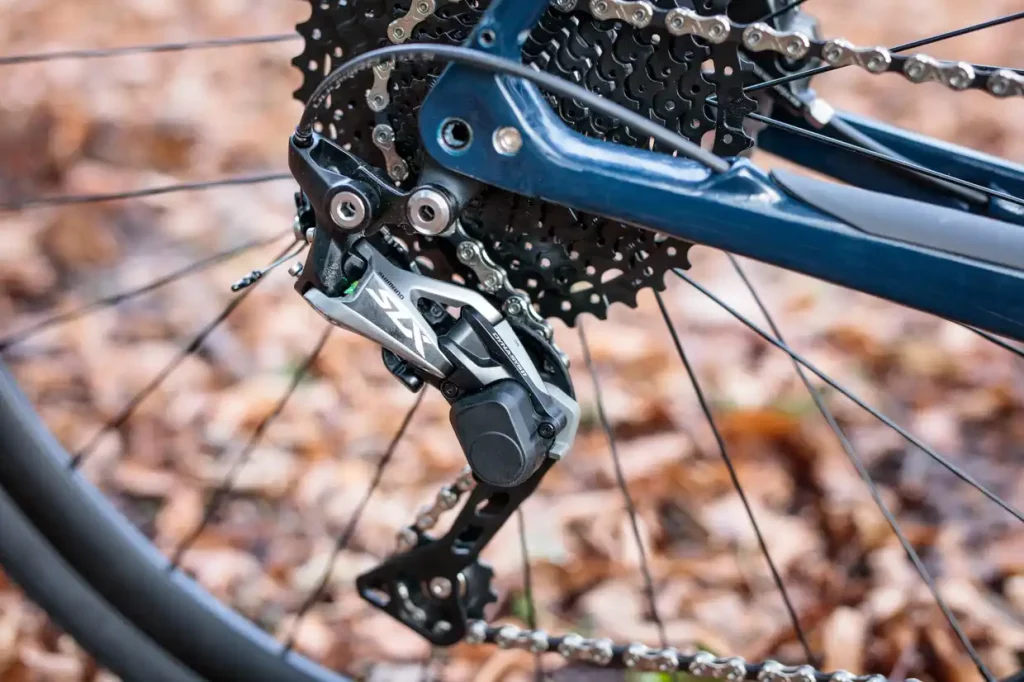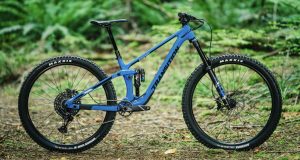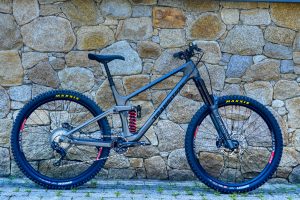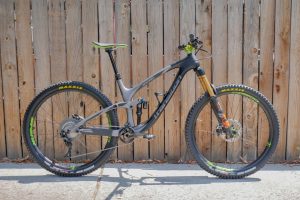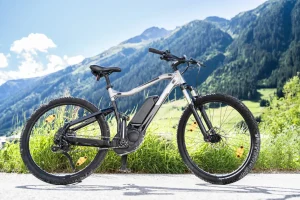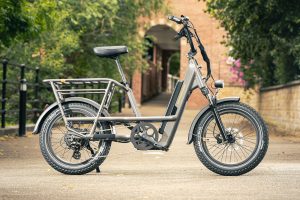Discover how bicycle gearing works with this comprehensive guide. Learn about gear ratios, chainrings, cassettes, derailleurs, and more to optimize your pedaling efficiency and conquer any terrain. Master gear shifting techniques for enhanced performance. Gear up and embrace the thrill of cycling with a well-tuned gear system.
If you’ve ever taken a closer look at a bicycle, you might have wondered how the gears and shifting mechanism allow riders to effortlessly tackle different terrains. Bicycle gearing is a fundamental aspect of cycling that enables riders to optimize their pedaling efficiency and maintain a comfortable cadence. In this article, we’ll delve into the intricacies of bicycle gearing, exploring concepts such as gear ratios, chainrings, cassettes, derailleurs, and more. So let’s gear up and get started!
Introduction: The Importance of Bicycle Gearing
Bicycle gearing is the system that allows riders to adjust the resistance and speed of pedaling. It plays a crucial role in ensuring efficient power transfer and a comfortable riding experience. By altering the gear ratio, cyclists can tackle various terrains, from steep climbs to fast descents, without compromising their pedaling efficiency.
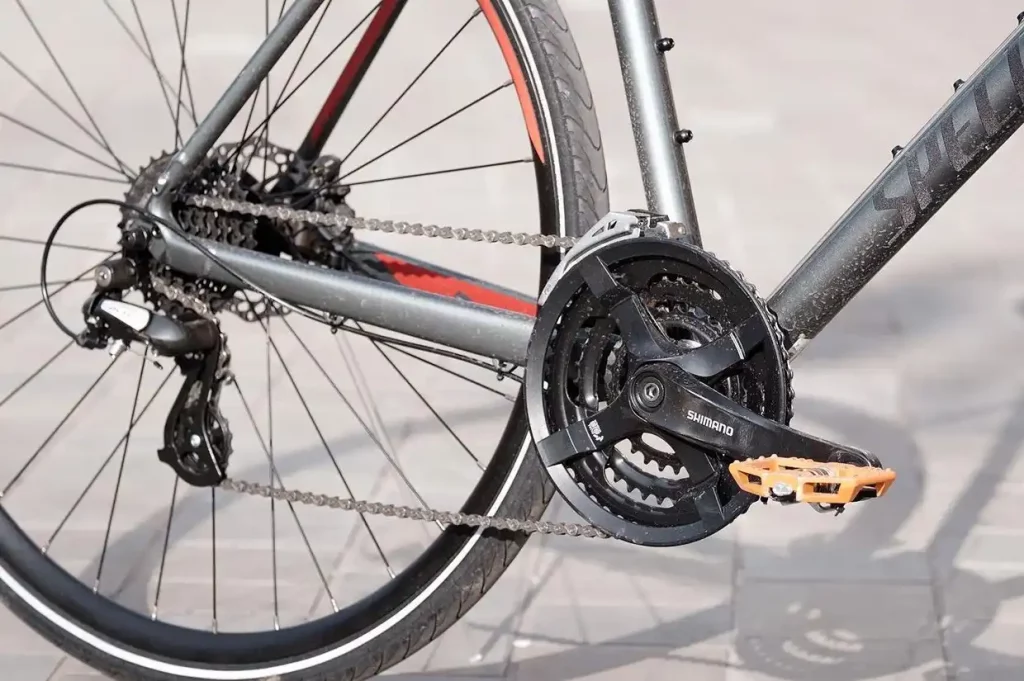
Understanding Gear Ratios and How They Influence Performance
Gear ratios represent the relationship between the number of teeth on the chainring and the cassette. A higher gear ratio (larger chainring and smaller cassette) provides more speed but requires greater pedaling effort, ideal for flat surfaces and descents. Conversely, a lower gear ratio (smaller chainring and larger cassette) offers easier pedaling, suitable for uphill climbs and challenging terrains.
Exploring Chainrings and Cassettes: The Heart of Bicycle Gearing
Chainrings are the front gears attached to the crankset, while cassettes are the rear gears mounted on the wheel hub. Different chainring and cassette combinations provide a wide range of gear ratios, allowing cyclists to adapt to varying conditions. Modern bicycles often feature multiple chainrings and cassettes, known as a “groupset,” offering a broader gear range.
Demystifying Derailleurs: Shifting Mechanism Made Simple
Derailleurs are the components responsible for moving the chain between different gears. The front derailleur controls the chain’s position on the chainrings, while the rear derailleur guides it across the cassette. When the rider operates the shifters, the derailleurs facilitate precise and quick gear changes, ensuring a seamless riding experience.
Gear Teeth and Gear Inches: Calculating Gear Ratios and Tire Sizes
Gear teeth play a vital role in determining the gear ratio. By multiplying the chainring’s number of teeth by the gear ratio, cyclists can calculate the gear inches—a measure of the effective gear size. Gear inches provide insight into the overall gearing of a bicycle and are useful for comparing different setups.
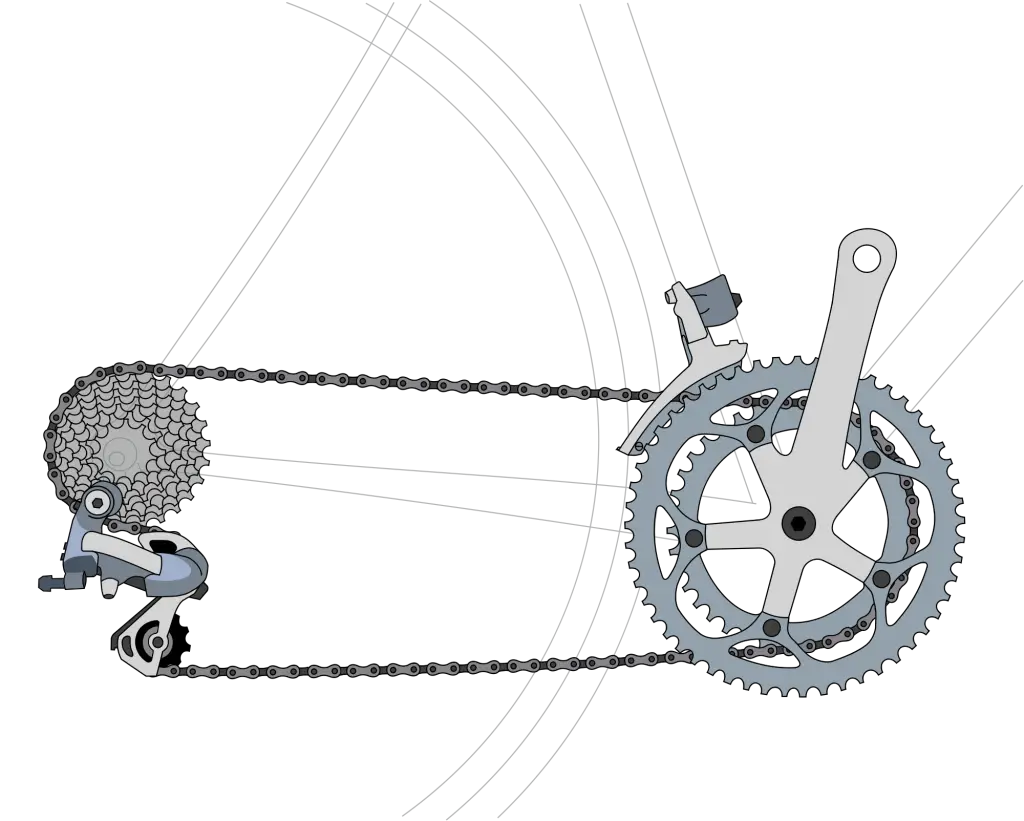
Choosing the Right Crankset: Matching Gears to Riding Style
The crankset includes the chainrings and the crank arms. Selecting the appropriate crankset depends on the rider’s preferences and riding style. Cyclists who primarily ride on flat terrains might opt for larger chainrings, while those who frequently encounter steep climbs might prefer smaller ones.
Exploring Freewheels and Hub Gears: Alternative Gearing Systems
While derailleurs are the most common shifting mechanism, alternative systems like freewheels and hub gears offer unique advantages. Freewheels integrate the gears with the rear wheel hub, simplifying maintenance and providing a wider gear range. Hub gears, on the other hand, are enclosed within the rear hub, offering durability and reduced maintenance requirements.
Sprockets and Gear Selection: Optimizing for Terrain and Cadence
Sprockets are the individual gears on the cassette or freewheel. Riders can choose from different gear combinations to optimize their pedaling cadence and maintain an efficient power transfer. By selecting the appropriate gear based on the terrain and desired cadence, cyclists can improve their overall performance and reduce fatigue.

Front and Rear Derailleurs: Components for Precise Shifting
Front and rear derailleurs work in tandem to facilitate smooth gear changes. The front derailleur controls the lateral movement of the chain across the chainrings, while the rear derailleur moves the chain across the cassette. Proper adjustment and maintenance of the derailleurs are essential for precise shifting and preventing chain drop or skipping.
Mastering Gear Shifting Techniques: Smooth Transitions for Enhanced Performance
Efficient gear shifting involves a combination of timing, technique, and understanding of gear ratios. Learning to anticipate terrain changes and preemptively shifting gears can help maintain momentum and prevent abrupt pedaling efforts. Practice and experience play a vital role in mastering gear-shifting techniques and achieving optimal performance.
How to use a thumb shifter
Though a little more old-school, thumb shifters still pop up from time to time.
A lever on top of your bars can be moved clockwise or anti-clockwise to move through your gears.
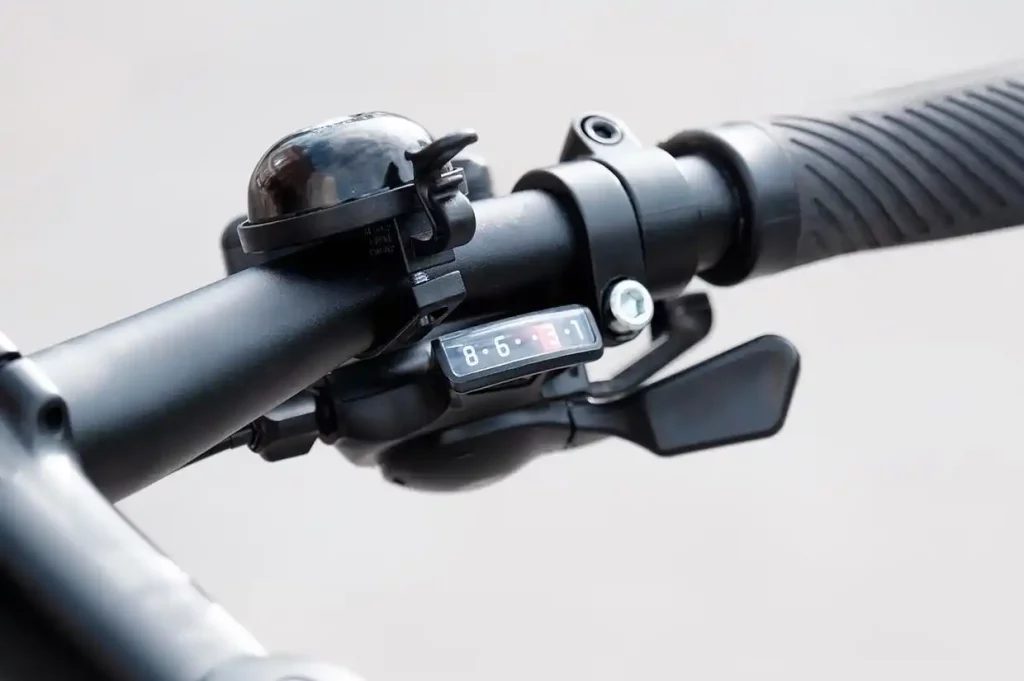
Modern gears are indexed, meaning that a click on the gear shifter corresponds directly to a gear change.
In the past, shifters did not have this defined click and instead, the shifter was held in place by friction and moved continuously until the gear changed. In some rare cases, you may still encounter such thumb shifters.
The Impact of Cross-Chaining: Avoiding Excessive Gear Wear
Cross-chaining occurs when the chain is positioned at extreme angles across the chainrings and cassette. This can lead to accelerated wear on the chain, cassette, and chainrings. Cyclists should aim to avoid cross-chaining by selecting appropriate gear combinations to prevent unnecessary strain on the drivetrain components.
Conclusion
Bicycle gearing is a critical aspect of cycling that empowers riders to conquer diverse terrains efficiently. By understanding gear ratios, chainrings, cassettes, derailleurs, and other components, cyclists can optimize their pedaling efficiency and enhance their overall riding experience. So gear up, experiment with different gear combinations, and discover the perfect setup for your cycling adventures.
Related Topics:
- How To Pick Dropper For Mountain Bike? Make Perfect Your Cycling Dominance!
- How to Choose Mountain Bike Pedals? Catch the Thrilling Adventure of Biking
- How To Teach A Kid To Ride A Bike: Unlock the Joy of Bike Riding Together!
FAQs
Q: Can I change gears while pedaling?
A: Yes, modern bicycles allow riders to change gears while pedaling, ensuring a smooth transition between gear ratios.
Q: How can I determine the appropriate gear ratio for climbing steep hills?
A: To climb steep hills comfortably, choose a lower gear ratio by shifting to a smaller chainring and a larger cassette.
Q: Are hub gears more suitable for commuting or recreational riding?
A: Hub gears are often favored for commuting or recreational riding due to their durability and low maintenance requirements.
Q: Can I mix and match components from different gear groupsets?
A: It is generally recommended to stick with components from the same gear groupset to ensure optimal compatibility and performance.
Q: What is the ideal cadence for efficient pedaling?
A: The ideal cadence varies among individuals, but a range of 80-100 revolutions per minute (RPM) is often considered efficient for most riders.
